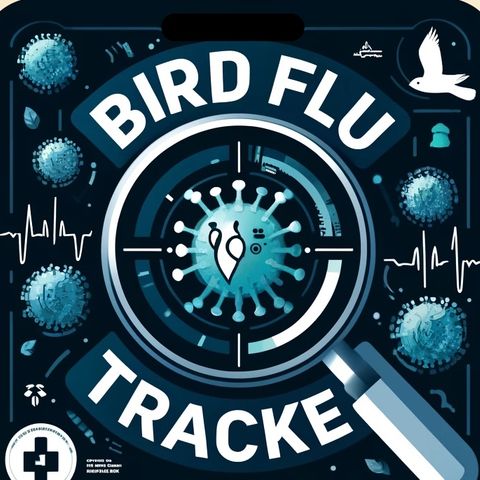12 NOV 2024 · Avian influenza, commonly known as bird flu, is a type of influenza virus that primarily affects birds but can sometimes infect humans and other animals. This virus occurs naturally among wild aquatic birds worldwide and can infect domestic poultry and other bird and animal species.
Avian flu viruses are highly contagious among birds and can spread quickly within flocks, causing significant economic losses to poultry farmers due to illness and death of the birds and necessary measures like culling to prevent further spread. The infection in birds leads to two main forms of the disease – one mild and the other severe. The mild form may go unnoticed and usually causes only minor symptoms (such as ruffled feathers and reduced egg production). However, the severe form can be lethal to birds, causing respiratory problems, a drop in egg production, and death.
Transmission to humans occurs when there is direct or indirect contact with infected birds or contaminated environments; however, avian flu does not easily transmit from person to person. In human cases, the symptoms can range from mild flu-like symptoms to severe respiratory problems and even death.
Avian influenza strains are classified based on their ability to cause disease in poultry. Highly pathogenic avian influenza (HPAI) strains are the most severe, leading to high death rates in birds. In contrast, low-pathogenic avian influenza (LPAI) strains generally cause no signs of illness or mild disease.
Globally, health authorities monitor avian influenza outbreaks and periodically update containment and response strategies to safeguard public health and the poultry industry. Measures include surveillance of bird populations, culling of affected birds, and trade restrictions. On a local level, people who have contact with poultry are urged to follow biosecurity measures, such as wearing protective gear, to prevent the spread of the virus.
Despite the danger avian flu poses to poultry and the potential risk to humans, eating properly cooked poultry and eggs does not transmit the virus. Cooking destroys the virus, making poultry and eggs safe to consume when prepared at the recommended temperatures.
In cases where avian flu has jumped from birds to humans, health agencies emphasize that it is an area of concern but reassure that the risk to the general public remains low. Nonetheless, researchers and public health officials continue to closely monitor these viruses due to their potential to change and gain the ability to spread more easily between people, which could potentially lead to a pandemic.
For this reason, continuous vigilance, improved understanding of the virus among the public, and ongoing research into vaccines and treatments are crucial steps in both preventing and managing future outbreaks of avian influenza.


